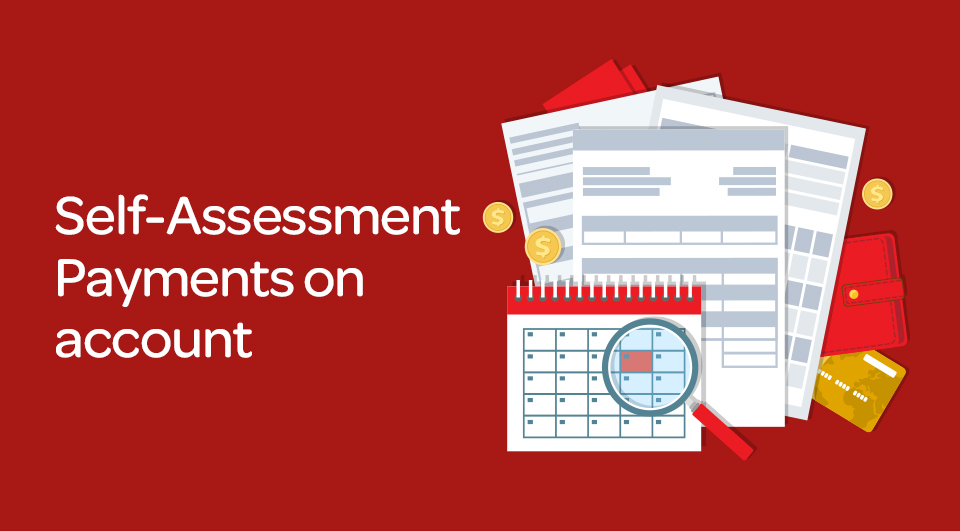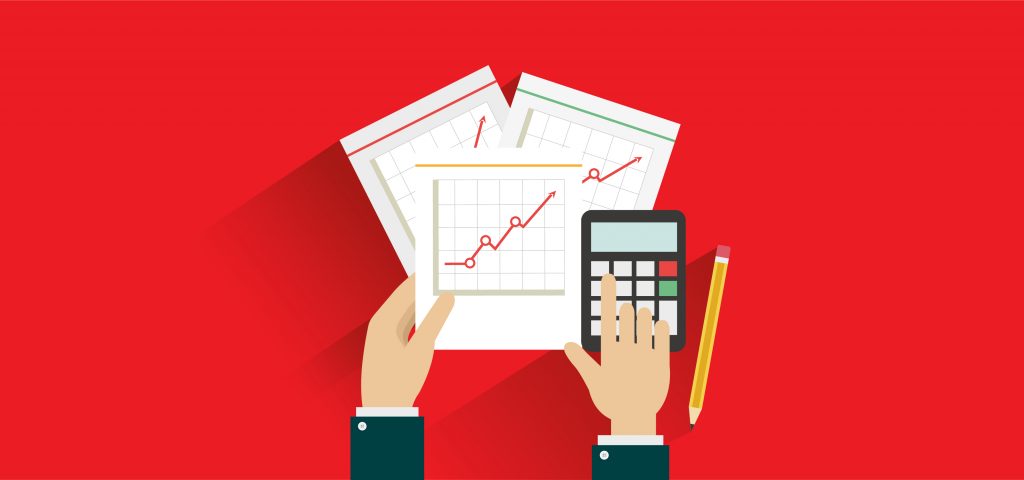Self-Assessment Payments on account
HMRC require that taxpayers in the self-assessment system, who have a tax bill (Income tax & Class 4 NIC) over £1,000 must make payments on account of the next tax return. This does not apply if 80% on your income is taxed at source (I.e. PAYE).
The payments on account are 50% of the prior year’s tax bill, so the tax bill is paid, in effect, twice over.
This is a safeguard put in place by HMRC to ensure the tax bill is paid roughly in full as the income is earned. If you earn roughly the same year-in-year-out this will settle into a pattern of two payments on account at Jan & July that cover your tax bill in total.
Using the 2017/18 tax return as an example;
The tax return and these payments on account are due at 31st January 2019 along with the balance (after prior year payments on account, if applicable) from the previous year (Year to 5th April 2018), then a further payment on account at 31st July 2019.
These payments on account are then deducted from the amount due in the next tax return (Year to 5th April 2019) and if this produces an overpayment it will be refunded or offset against the next payment on account, payable 31st January 2020.
If there is an underpayment, the balance is paid at 31st January 2020 alongside the 1st payment on account, and the cycle begins again.
How does it work?
Year 2016/17
– your tax bill (Income tax & class 4 NIC) is £900
– under £1,000, so payable in full at 31st January 2018 – easy!
Year 2017/18
– your tax bill (Income tax & class 4 NIC) is £1,500
– payable in full at 31st January 2019
+ 50% 1st Payment on Account £750
= £2,250
+ 50% 2nd Payment on Account £750
payable at 31st July 2019
= £3,000 paid in total (Being: £1,500 for 2017/18, and £1,500 on account of 2018/19)
Year 2018/19
– your tax bill (income tax & class 4 NIC) is £1,200
– less your payments on account of 2018/19 paid Jan & July 2019 (£1,500)
– so, refund due of £300
-offset with 50% 1st Payment on Account (£1,200/2) = £600 – £300 = £300 payable at 31st January 2020
+50% 2nd Payment on Account £600
payable at 31st July 2020
= £900 paid in total (Being: £1,200 on account on 2019/20 less refund for 2018/19)
Year 2019/20
– your tax bill (Income tax & class 4 NIC) is £4,000 – good year!
– less your payments on account of 2019/20 paid Jan & July 2020 (£1,200)
– so, balancing payment due of £2,800
+ 50% 1st Payment on Account £2000 payable at 31st January 2021
+50% 2nd Payment on Account £2000 payable at 31st July 2021
= £6,800 paid in total (Being: £2,800 balancing payment 2019/20, and £4,000 on account of 2020/21)
If you are aware that your profit has significantly dropped in the next tax year, if you have downsized your business, changed business entity or lost a big client, you can apply to reduce your payments on account for the next year. However, HMRC can apply penalties & fines if you knowingly understate your estimated payments on account, so always best to have your accountant guide you to what a realistic payment on account figure would be.


